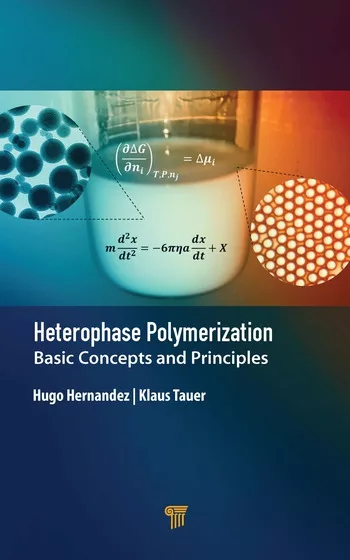Ask Dr. Dave
Adhesive and sealant troubleshooting tips from Dr. Dave Dunn.
Question: We manufacture high-value agricultural/industrial buildings using pre-cast concrete walls, and need to seal fairly large gaps between the wall sections to achieve rigidity, maximum weatherability, and water resistance. What sort of sealant would you recommend for this application?
Answer: The usual type of sealant for this application is a silicone, polyurethane or a silyl-terminated polyether sealant. However, I would also suggest that you consider a flexible two-component epoxy adhesive or sealant. Concrete does not expand or contract very much with temperature changes, and you do not really need a sealant with high flexibility.
The advantage of using an epoxy would be very high adhesion to the concrete (usually exceeding the strength of the concrete), excellent gap filling and abrasion resistance, and outstanding weatherability (although you may see some fading of color due to UV light). This type of epoxy is commonly used for sealing expansion joints in concrete floors.
Question: We need to assemble a large quantity of a consumer product and need to bond an aluminum film to 3/8-in.-thick glass. Should we use an epoxy adhesive?
Answer: A two-component epoxy would probably work well for this application but would require equipment for mixing and clamping of the components until the adhesive has fixtured. A single-component, heat-cured epoxy is another alternative, but it would require ovens for curing.
This type of application sounds ideal for a UV- or light-cured acrylic adhesive that can be cured by irradiating through the glass. Full bond strength can be achieved in a few seconds. These adhesives are expensive and require lamps for the irradiation, but the increase in productivity is tremendous.
Question: We manufacture high-value agricultural/industrial buildings using pre-cast concrete walls, and need to seal fairly large gaps between the wall sections to achieve rigidity, maximum weatherability, and water resistance. What sort of sealant would you recommend for this application?
Answer: The usual type of sealant for this application is a silicone, polyurethane or a silyl-terminated polyether sealant. However, I would also suggest that you consider a flexible two-component epoxy adhesive or sealant. Concrete does not expand or contract very much with temperature changes, and you do not really need a sealant with high flexibility.
The advantage of using an epoxy would be very high adhesion to the concrete (usually exceeding the strength of the concrete), excellent gap filling and abrasion resistance, and outstanding weatherability (although you may see some fading of color due to UV light). This type of epoxy is commonly used for sealing expansion joints in concrete floors.
Question: We need to assemble a large quantity of a consumer product and need to bond an aluminum film to 3/8-in.-thick glass. Should we use an epoxy adhesive?
Answer: A two-component epoxy would probably work well for this application but would require equipment for mixing and clamping of the components until the adhesive has fixtured. A single-component, heat-cured epoxy is another alternative, but it would require ovens for curing.
This type of application sounds ideal for a UV- or light-cured acrylic adhesive that can be cured by irradiating through the glass. Full bond strength can be achieved in a few seconds. These adhesives are expensive and require lamps for the irradiation, but the increase in productivity is tremendous.
Links
Looking for a reprint of this article?
From high-res PDFs to custom plaques, order your copy today!






